Loggerhead Shrike
Royal Tern
Western Cattle Egret
Mottled Duck
Mourning Dove
Red-breasted Merganser
Brown Thrasher
Black Crowned Night Heron
Belted Kingfisher
Great-Tailed Grackle
Eared Grebe
Brown Pelican
Ovenbird
Loggerhead Shrike
The species range extends as far north as Canada, along the prairies of the central region, down to Mexico. It can be found from the northern Gulf Coast to southern Florida, where they spend the winter (FWC 2003).
Savannah Sparrow
Peacock
White-eyed vireo
Pioneer Trail at Kings Park on Merritt Island
Wood Thrush
American Avocet
Tri-colored heron
Willet
Pine Warbler
Killdeer
Eastern Phoebe
Yellow-throated Warbler
Little Blue Heron
Cedar Waxwing
Wood Stork
Black-and-white Warbler
Wilson’s Warbler
Vermilion Flycatcher
White Wagtail
Ring-billed Gull
Common Ground Dove
Snowy Egret
Wild Turkey
Fulvous Whistling-Duck
Sanderling
Prothonotary Warbler
Northern Shoveler
Glossy Ibis
Red-winged Blackbird
Great Blue Heron
Great Blue Herons, Ardea herodias, are one of the most recognizable birds in Florida. The heron’s height and beautiful blue-gray plumage are hard to miss. They can reach 54 inches from head to tail, have a wingspan up to 75 inches, but weigh a mere 5-6 pounds.
You will most often find a Great Blue Heron standing alone at the water’s edge in saltwater or freshwater habitats. Fish, turtles, frogs, insects, birds, and rodents that pass within the area of the heron’s long neck are quickly snatched up by its powerful, long beak. Herons will also forage in fields or grasslands for frogs, birds, and small rodents.
During the breeding season, Great Blue Herons and their mates become part of a breeding colony that can include hundreds of pairs. Breeding colonies of Great Blue Herons are most often found in trees that are within 2-4 miles of their feeding areas. They may also be seen in mangroves, bushes, or on the ground. Males court females who lay 2-6 eggs. The couple shares the responsibility of incubating the eggs for up to a month and feeding the hatchlings for up to 3 months.
While Great Blue Heron’s remain mostly monogamous and enjoy the protection of the colony during the breeding season, for the rest of the year, they are solitary birds and will aggressively defend their feeding territory.
Photo Credit: Dan Kon and Andy Waldo
Yellow-bellied Sapsucker
The Yellow-bellied Sapsucker, Sphyrapicus varius, is the only North American woodpecker that is fully migratory. They live and breed in North-eastern U.S. and Canada and spend their winters between the southern US and Central America. The male has a red throat as pictured here while the female’s throat is white.
From December – March, you may notice a line of holes in the trees and large shrubs in your garden. A Yellow-bellied Sapsucker has made sapwells where the sap of the tree can be harvested. Bats and other birds may visit the sapwells too. The holes produce no damage to the trees. The woodpecker’s favorite shrubs and trees include Viburnum, Waxmyrtle, Dahoon Holly, Live Oak, and Pine.
Hidden Waters Preserve







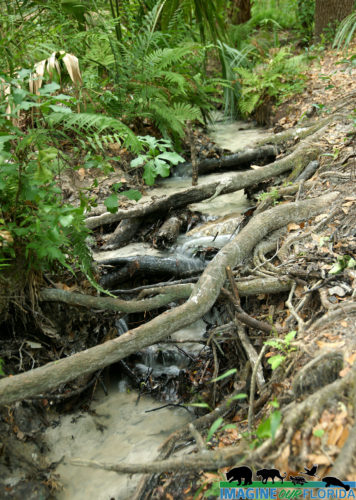
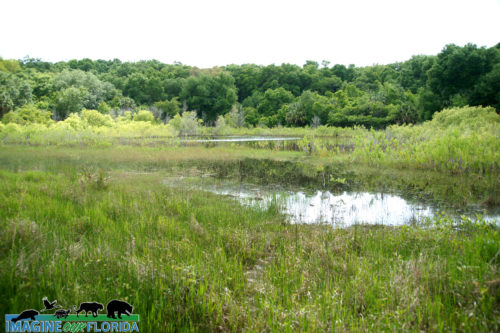





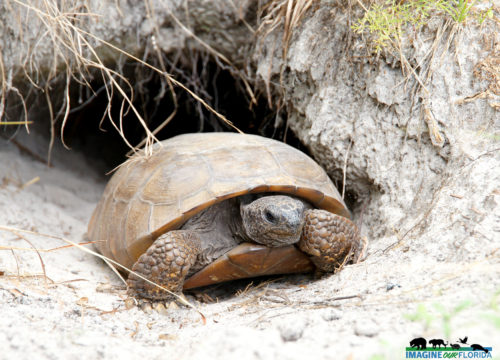


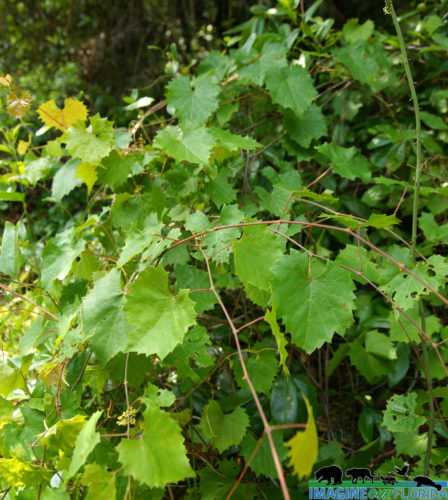



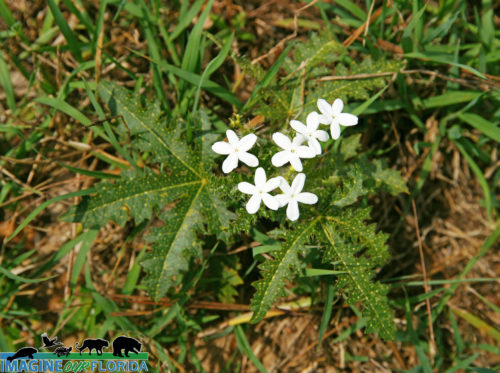 Once known as the Eichelberger Sink, this 90-acre preserve located near Eustis is managed by Lake County Water Authority. Hidden Waters Preserve was established in 1996 to protect the water seepage and Lake Alfred where water slowly seeps into the aquifer.
Once known as the Eichelberger Sink, this 90-acre preserve located near Eustis is managed by Lake County Water Authority. Hidden Waters Preserve was established in 1996 to protect the water seepage and Lake Alfred where water slowly seeps into the aquifer.
Hidden Waters Preserve offers 6 trails ranging from 2 miles to 15 miles. Hike the meandering paths through sandhill restoration areas. Notice the newly planted Long-leaf pines and the gopher tortoises who make their burrows there. Water flowing from a seepage slope offers the opportunity to discover various plants and ferns.
The elevational difference between the top of the sink and the bottom is 110 feet. Explore the depression marsh and lake at the bottom of the sink where you will find a variety of plants and wading birds. Bird watchers will be happy to discover some of the more than 35 birds on this designated FWC Statewide Birding Trail.
For more information and trail maps click here: https://www.lcwa.org/land_resources/open_preserves.php
Photo Credit: Dan Kon
Black-necked Stilt
Black-necked stilts, Himantopus mexicanus, are often seen wading in shallow water in search of food such as small crustaceans, amphibians, and small fish. They also enjoy larva, dragonflies, and beetles as well as a few plants and seeds. Look for these unmistakable birds with long, pink legs in wetlands, flooded fields, shallow lakes and ponds, and saltmarshes.
The female chooses the male for mating and together they select a nest site and build the nest. Black-necked stilt nests are located on tiny islands, on floating masses of vegetation, or on the ground near the water. One will dig a hole with its feet and body. A lining of grasses, shells, stones, and other materials are added for 2 – 5 eggs. The couple will both incubate the eggs for nearly a month and raise the chicks until they are ready to be on their own in about a month after hatching.
When Black-necked stilts feel threatened by humans or other animals they will perform a “Popcorn Display.” A group of them will join together and jump up and down while flapping their wings and making loud sounds. They may also use a distraction tactic to lure predators away from their nests.
These beautiful birds face human threats of pesticide run-off and habitat loss. When birdwatching, stay far enough away so you do not disturb them.
Photo credit: Dan Kon
Little Big Econ State Forest
Little Big Econ State Forest
Whether for a day or a week, there is plenty to explore and discover at the Little Big Econ State Forest.
For trail maps and more information:
https://www.fdacs.gov/…/State-…/Little-Big-Econ-State-Forest
Photo credit: Christian Kon
Snail Kite
Snail Kites can be found flying low over open freshwater and marshes in Central and Southern Florida before dropping down to snatch an apple snail with their talons. They will fly to a perch and use their unique-shaped bills to pry the snails from their shells. Look for Snail Kites roosting in flocks just before hunting and during nesting season.
Listed as endangered in Florida since 1967, Snail Kites (Rostrhamus sociabilis) depend on good quality water to survive. Urban development, sewage seepage, nutrient and pesticide run-off, and invasive plants have degraded much of Florida’s freshwater. Nearly 1/2 of the Everglades have been drained. Since a Snail Kite’s diet consists almost exclusively of apple snails that only live in freshwater areas, it is imperative that we protect the remaining wetlands.
Northern Crested Caracara
Caracaras are in the falcon family and are excellent hunters although they behave a lot like vultures. They are often seen eating carrion or scavaging around campsites. They tend to hunt small vulnerable animals that are injured but will also eat fruit.
These birds are commonly found in central and south America but have found a home at Kissimmee Prairie Preserve State Park. This populate is known as a relict population that was previously found in the vast oak savannas throughout Florida. As those areas were altered through human disturbance, Caracaras found a home at Florida’s largest true prairie.
American White Pelican
American White Pelicans (Pelecanus erythrorhynchos), arrive in flocks soaring through the Florida sky in a V formation. With their snowy white bodies, yellowish-orange bills, orange legs, and black-tipped wings that span up to nine and a half feet, they are truly a sight to behold.
White Pelicans breed in the northwestern United States and in western Canada. Many choose to spend their winters near Florida’s coastlines and in its wetlands.
American White Pelicans (Pelecanus erythrorhynchos) spend the summer months in colonies In Canada and Northwestern United States, where they breed and raise their young on lakes.
Before winter, flocks of white pelicans soar into Florida by flying high in a V formation. One of North America’s largest birds, a white pelican, is hard to miss with its wingspan of up to 9 1/2 feet. Black wingtips and pink or reddish-orange legs, feet, and bills make this bird a must-see.
Look for white pelicans on coastal waters, bays, estuaries, and inland waterways. Their nests, consisting of sticks and dirt, can be found on the ground. Watch as these graceful birds float on the surface of the water and dip their heads to scoop up a fish dinner. You will often find several of them together as they participate in a group effort to herd fish into a buffet for all.
White Pelicans are often spotted fishing with Double-Crested Cormorants. You may see a hungry White pelican steal a fish from another pelican or a cormorant.
Plan a trip to one of Florida’s coasts. Explore the shoreline and the wetlands. Take some time to sit back and discover the group’s camaraderie as well as the stealthy antics of a few individuals.
We can all work together to ensure these vulnerable beauties are here for our next generations to enjoy by eliminating pesticides and cleaning up litter, including monofilament lines.
Florida Sandhill Crane
Flamingo (American)
American Flamingo
The American Flamingo (Phoenicopterus ruber) stands 3-5 feet tall with a wingspan of up to 50 inches. The bright pink color comes from a diet of snails, crustaceans, crabs, and algae. Without this specific diet, they would turn gray.
The most unusual thing about Flamingos is their tongues. The tongue is encased in the lower jaw and does not move. It squeezes mud through structures in the bill called lamellae. Lamellae act as a strainer to extract insects, brine shrimp, algae, and other small prey.
There has been some debate on whether or not Flamingos are native to Florida. If they are spotted, they are usually considered escapees from captive flocks. During the 1800s, flamingos were considered native to Florida. John James Audubon came explicitly to see Flamingos on his 1830 visit to Florida. By the 1900s, Flamingos had almost completely vanished. They were hunted for food, skin, and feathers.
Flamingos are wading birds and can be found around a water source. They have very long, thin necks and legs. Their heads are small, and their bills are large, heavy, and have a crook. Young flamingos have straight bills, but the crook develops as they age.
The Flamingo stands on one leg to conserve heat as their legs have no feathers. Conserving heat is also why they bury their heads in their feathers. It also makes it easier to stand on one leg and reach down into the water with their bills to catch prey.
American Flamingos are monogamous. The flock will mate simultaneously so the eggs will hatch collectively. The flock protects the young from predators. The mated pair will make a mound of mud, and the female will lay one egg, which is between 3 to 3 1/2 inches long. It hatches in 27 to 31 days. Hatchlings are born white and turn pink within two years. Both parents produce a crop of milk in their upper digestive tract, which they feed to the young until they begin to eat solid food.
Florida has removed Flamingos from the non-native list. Hopefully, flamingos will regain their native species’ status and become subject to federal and state protections.
Conservation efforts to protect Flamingos will be necessary to ensure these birds continue to survive even as they face increasing threats from habitat loss, pollution, and invasive predators. This historical population is in the very beginnings of a recovery. When we work together, we will ensure American Flamingos will not become extinct.
Photo Credit: Paul Waller Natureboy Photography and Lynn Marie
Ruby-throated Hummingbird
Ruby-throated hummingbirds (Archilochus colubris) are the most common hummingbirds found in Florida. Black-chinned and rufous hummingbirds occasionally visit Florida in the winter. You can observe Ruby-throated hummingbirds at the edges of woods and in city parks. They are common in flower gardens where they seek out their favorite tubular flowers. With their long bills and tongues, hummingbirds are equipped to reach the delicious nectar that lies deep within the flower.
Females produce 1-2 broods each year. After the male courtship, the female builds a nest surrounded by a leafy cover. Be sure to look for these tiny nests before trimming your shrubs. The incubation of two eggs takes 11-16 days. The busy mother hummingbird may begin to build a second nest while continuing to feed her young ones in the first nest. The babies take flight at 20-22 days old.
Take a few minutes to watch a Ruby-throated Hummingbird sip nectar from a flower in your garden. Their tiny wings beat more than 50 times per second as they hover while feeding. Can you spot a hummingbird snatching a tiny insect from the air or a leaf for dessert?
Source: Audubon, UF
Photo credit: Andy Waldo
Swallow-tailed Kite
Swallow-tailed Kites (Elanoides forficatus) arrive in Florida in early March. They begin their breeding rituals high in the sky. The mated pair will build a nest of sticks, Spanish moss, and lichen near the top of a tall tree. Here they will share the task of incubating 1-3 eggs for about a month.
After hatching, the mother Swallow-tailed Kite will stay at the nest with the young and feed them the food that the father brings for all of them. After a few weeks, both the male and female will leave the nest to bring food back to their hungry chicks. The little ones will begin exploring the tree at about 5 weeks and will make their first flight at 5-6 weeks.
These striking raptors are hard to miss with their black forked tails, and brilliant white heads contrast their ebony bodies. They are most often found gliding through the sky over forests near rivers or open pine forests near marshes and prairies.
When you see a Swallow-tailed Kite soaring through the sky, watch as they twist their tail and swoop near trees and over lower plants. They will often snatch an animal off of a branch or leaf without slowing down. Their favorite foods include lizards, snakes, birds, frogs, and dragonflies.
In early July, Swallow-tailed Kites will gather in large communal roosts. They are dependent on lowland forests to supply the nourishment and calories they need before embarking on their 5000-mile journey to the tropical forests of southern Brazil, where they will spend the winter.
Photo Credit: flying Andy Waldo
Photo Credit: close up, Don Faulkner / CC BY-SA (https://creativecommons.org/licenses/by-sa/2.0)


Red-headed Woodpecker
It’s spring in Central Florida. While sauntering through a pine savannah, you catch a streak of red out of the corner of your eye. When you look that way, it’s gone. You catch another glimpse, but just as fast, it’s gone. Finally, it lands on a pine tree. It’s a beautiful red-headed woodpecker!
These fascinating little birds are sexually dimorphic, which means males and females have different appearances. The female is a plain brown and grey color while the male is a vibrant black, white, and red. They are monogamous and will stay together for years.
The red-headed woodpecker is a resident of open forests from Canada to Florida and west to Texas. They reside year-round in Florida in pine forests with open forest floors, in orchards, and tall trees in neighborhoods.
Red-headed woodpeckers are cavity nesters and require dead trees or limbs where they excavate their nests. They prefer open areas, including recently burned sites. Both will take part in creating the nest, however, most of the handwork is done by the male. Both the male and female incubate 4-5 eggs and share feeding the young.
Food is plentiful for this omnivorous bird. Red-headed woodpeckers dine on insects, spiders, earthworms, as well as fruit, seeds, and berries. In the fall, these smart woodpeckers gather nuts and store them in crevices and holes for winter nourishment.
Sadly, these birds have experienced over a 70% decline in population since the 1960s. With tree removal becoming a more common practice in urban areas and forest management, these birds are left with few places to raise their young. If you have a dead tree in your yard that isn’t causing a safety problem, you may consider leaving it be. Perhaps you will get some lovely new neighbors who will entertain you for hours.
Photo Credit: Andy Waldo
Carolina Wren
Quietly sit outside, and you will likely see a pair of busy Caroline Wrens. They are common in backyards and open woods. Listen, and you will hear their song, often with the male producing resonant melodies while the female chirps along.
Carolina Wrens (Thryothorus ludovicianus) dine on caterpillars, beetles, grasshoppers, crickets, spiders, larvae, and other insects, as well as fruit, seeds, and berries. They use their bills to search for food while hopping or flying on or near the ground. They forage together near the safety of shrubs or bushes in gardens, thickets, brush piles, barks of trees and limbs, and may occasionally stop at your birdfeeder for a treat.
Mated for life, Carolina Wrens will defend their permanent territory. They work together to construct their nest where they will raise 3 broods of 4-8 young each year. Their nests can be found in tree holes, branches, stumps, and brushes. They can also be found in mailboxes, window boxes, garages, artificial wreaths hung on your front door, and a variety of other human-provided safe nesting spots. The couple builds the nest out of twigs, leaves, and weeds with a side opening and oftentimes, with a domed roof. The female lines the nest with soft materials of grass, moss, feathers, animal hair, and/or snakeskin. The male brings meals to the female while she incubates the eggs for two weeks. Both parents feed the chicks for two weeks before they leave the nest.
Has a Carolina Wren pair claimed your yard as their permanent territory?
Photo Credit Andy Waldo
House Sparrow
House sparrows were introduced at various stages throughout New York (Barrows 1889), Maine, Massachusetts, and Nova Scotia. Some of these releases were a sentimental connection to the homeland of many European immigrants. Others were to help control cankerworms or linden moths(Marshall 2014). In some cases, the release of house sparrows failed and the birds died without breeding. One of the more successful attempts was in Nova Scotia. This population spread and the presence of other populations in the U.S. Northeastern states may have helped them thrive.
Today, house sparrows have spread throughout all of the United States, most of Mexico, and the southern parts of Canada. They have even made their way to South America. In most regions, they are considered an invasive species due to their aggressive and territorial tenancies. They will even go to such extremes as to damage the nests of other birds. They out-compete many native birds for food and reproduce at a rapid rate making them difficult to control. Oddly enough, many places in Europe are seeing declines in house sparrow populations. The United Kingdom has a 71% reduction since the mid-1990s. This decline has been linked to avian malaria and areas of increased nitrogen dioxide. Italy experienced a 49% decline in house sparrow populations from reductions in nesting sites, reduced food availability, and possible disease. Paris reported a 12.4% reduction by year primarily due to city gentrification. Yet, these birds continue to thrive in North America.
One way you can help is by providing a nesting box for house sparrows. If eggs are laid you can simply poke them with a pin to prevent the eggs from further developing. Removing the eggs entirely can cause the female to produce more eggs at a faster rate. Removing an entire nest could force sparrows into more wild landscapes and could pose a greater threat to native birds. While we might never be able to fully eradicate house sparrows from Florida, it never hurts to try and reduce the growing population.
House Sparrows are sexually dimorphic with the male having a classic black mask across his eyes. The photos below show a male (Left) and female (Right).
Photo credit: Aymee Laurain
Reference:
Barrows, W.B. (1889). “The English Sparrow (Passer domesticus) in North America, Especially in its Relations to Agriculture”. United States Department of Agriculture, Division of Economic Ornithology and Mammalogy Bulletin (1).
https://royalsocietypublishing.org/doi/10.1098/rsos.182197
https://www.theguardian.com/…/pollutionwatch-city-sparrows-…
https://www.researchgate.net/…/230139769_Recent_declines_in…
Malher, F. and Maintigneux, P., 2019, The House Sparrow in Paris: decline and monitoring, AGIR pour la biodiversité.
Viera Wetlands
– Viera Wetlands –
One mile of shoreline, wildflowers, and birds draw over 200,000 people each year to the Ritch Grissom Memorial Wetlands which is commonly known as Viera Wetlands. Named in honor of a long-time Brevard County employee and awarded a grant by the Florida Wildflower Foundation, the wetlands are a popular destination for ecotourists, birders, photographers, and wildflower enthusiasts.
There are 200 acres to explore at Viera Wetlands. Walk or bike around the berms. Enjoy the scenery from your car as you leisurely drive no more than 10 mph along the one way, unpaved road. (The road is occasionally closed to vehicles when too wet.) Revel in the beauty of wildflowers along the banks of the lakes and ponds. Notice the different plants in dry areas as well as those in wet areas. The plants work together to stabilize the soils without the need for fertilizers and irrigation. What pollinators will you discover?
Birds abound at Viera Wetlands which is included in the Great Florida Birding Trail. Get a better view of the wetlands from the observation tower. Keep your eyes open otters, marsh rabbits, and raccoons who make their homes there along with an abundance of amphibians and reptiles. Look for beautiful butterflies and striking Painting Buntings.
For more information, click here: https://viera.com/attractions/viera-wetlands…
-Photo Credit – Andy Waldo
Double-crested Cormorant
The Double-crested Cormorant is also known as The Sea Raven. Cormorant is derived from the Latin word Corvus, which means raven, and Marinus, which means sea.
Cormorants (Phalacrocorax auritu) are brownish-black with black webbed feet and legs and a reddish-orange face and beak. You will often find them floating low in the water or with their wings outstretched along the shores of coastal areas, rivers, swamps, and lakes. Because their oil glands do not waterproof their rings, cormorants will find a sunny spot to dry their wings.
Cormorants may feed alone or in flocks. Finding their favorite foods, fish, and invertebrates, like shrimp and crabs, may require them to dive up to 60 feet and remain submerged for more than a minute. Cormorants are not picky eaters, and their diets vary by season. They enjoy treats such as eels, plants, frogs, and an occasional snake.
Courtship is a big deal for Sea Ravens. A Male will use his wings to splash, swim in zig-zag patterns, and dive for vegetation to present to a female. He will crouch at his chosen nest site and call out to his desired female while vibrating his wings. Nesting usually takes place in a large colony, which is sometimes shared with other wading birds. Using twigs, sticks, seaweed, and grass collected mostly by the male, the female constructs most of the nest in a tree or on the ground near the water. Cormorants incubate their 3-4 eggs with their webbed feet. Both the male and female will feed the chicks until they are about 10 weeks old and ready to leave the nest.
Before 1966 populations significantly decreased from hunting and pesticides such as DDT. Today, cormorants are once again widespread and abundant. This heartwarming story of the Sea Ravens, who not only survived persecution from humans but who are now thriving, can be repeated with today’s endangered and threatened animals. It’s up to us to teach folks of all ages to connect, respect, and coexist with our wildlife and within our shared ecosystems.
Black Skimmers
Black Skimmers (Rynchops niger) are seen flying low to the water with the lower part of their bills skimming the water for food. Their bills are wide at the top and come to the point. When a skimmer senses a fish in the longer, lower mandible of its bill, the upper part instantly snaps shut.
Striking and easily recognizable, skimmers are medium-sized tern-like seabirds with red and black bills and a 3 to 3.5 feet wingspan. They have black wings with white edging, black backs, and a white underside and head. Black skimmers inhabit coastal areas such as beaches, estuaries, and sandbars.
Breeding and roosting occur between May and early September in colonies of up to several hundred pairs. Skimmers lay three to five eggs, which are incubated by both parents for 23-25 days. Skimmers are protective parents, and the colony acts as a village when it mobs a predator as a group in an effort to protect nests—the young fly at 28-30 days old. A successful colony will use the same nest site next year.
Black skimmers are threatened in Florida and are protected by the U.S. Migratory Bird Treaty Act. Coastal development and human activity without regard to seabirds pose the biggest threat. Predators such as crows, raccoons, opossums, coyotes, and feral hogs find skimmer eggs and chicks to be a delicious meal. Pets, beach driving, recreational activity, oil spills, shoreline hardening, and more cause parents to abandon their nests. Sea level rise poses another threat to the black skimmer population.
With all of these threats, most of the colonies in Florida are managed by local land managers and volunteers. Documented black skimmer colonies in Florida are managed with fencings and/or informational signs.
With your help, black skimmers can make a successful comeback. Heed the signs you see while at the beach. Call the number on the signs at a beach near you and volunteer to make a difference. Let’s all do what we can now to protects these beautiful Florida seabirds.
Photos courtesy of FWC and Kon Studio
Turkey Buzzard
Let’s talk about the Turkey Buzzard (Cathartes aura), nature’s sanitation engineer, and when joined by friends, the ultimate clean-up crew.
Turkey Buzzards are also known as Turkey Vultures. They have black or dark brown feathers, and their featherless heads and necks have pink skin. They are between 25 to 32 inches in length and weigh up to 6 pounds. They have a wingspan of 54 inches.
Turkey vultures use thermal currents to float on the warm air currents without flapping their wings, conserving energy. They will travel 30 to 50 miles on these currents in search of food. Their bills and feet are not designed to catch prey, and they prefer to eat fresh roadkill and other carrion.
The Turkey Buzzard has a keener sense of smell than other birds. They can smell the chemical breakdown of carrion from a mile away and will float and follow the aroma until they find it. Their bald, featherless heads make it safer for them to stick their heads deep into the carrion, and nothing will stick to the smooth skin.
As carrion eaters, many consider Turkey Buzzards spooky and harbingers of death. If you see one of these vultures circling above you, it doesn’t mean you are about to die. These Buzzards have a unique and ecological role because they prevent the spread of disease from rotting carrion by eating it.
Since they have weak legs and cannot carry food back to their young, they will gorge on a carcass and regurgitate to feed the young. They will also urinate on their legs and feet to cool off. Their urine kills any parasites and bacteria from walking and standing on the carcasses. When threatened, they will vomit to lighten their body weight to escape as a defense mechanism against predators.
Turkey vultures are highly social. They will fly in a small group and breed annually with the same mate. The vulture can be found in pastures, landfills, or anywhere they can find carrion. Eggs are laid on the ground in dense thickets, scrub areas, hollow logs, caves, or old buildings. The Turkey Buzzard lays between one to four clutches from March to July. Their eggs hatch in 35 to 40 days, and the nesting period is 55 to 90 days.
Vultures are a protected species, which means that interfering with them physically has legal repercussions.
Robin
Robins
* Robins prefer cooler temperatures, which is why they fly north to escape the southern heat.
* Robins will start to migrate back north when they feel a 37-degree average daily isotherm ( ground temperature above 37*).
* Male robins will arrive at their northern destinations about 2 weeks earlier than the females. This gives them time to claim their territory.
* Robins do not mate for life; however, the male will stay to help feed his chicks.
*Chicks leave the nest in August and live to be 5-6 years old.
* Robins begin to migrate south when the temperature causes the ground to become too hard to dig for earthworms, their main food source.
* Robins will resort to eating berries and insects until that food supply starts to dwindle.
* During migration, robins can fly up to 36 mph and cover 100-200 miles a day.
*Winter months are spent in Florida, southern Louisiana, southern Texas, southern Arizona, southern New Mexico, Southern California, and northern Mexico.
* Most robins migrate intermediate distances but some have migrated from Vancouver to as far south as Guatemala.
As the temperature warms in our neighboring states, robins will begin to make their way across Florida. Keep an eye on your birdbath. A flock of robins just might stop by for a quick dip and drink.
Black Vulture
The Black Vulture, Coragyps atratus, is smaller than the Turkey Vulture, although it still is a large raptor. They have a dull black head and body with wrinkles covering their head and face. The tips of their bills are gray, and their legs are pale white. Black Vultures have a wingspan of 54 inches, and their wings have white tips on the underside. They weigh 3 to 5 pounds and stand 22 inches tall. While in flight, they will hold their wings flat and flap them more often than the Turkey Vulture.
Black Vultures are monogamous, often not straying far from their mate. Females will lay 1 to 4 egg clutches between February and June in caves, hollow logs, or thickets. Although they do not build nests, they will dig a hollow and put vegetation around to secure. The nesting period can be up to 100 days, with the eggs hatching within 40 days. Together, they will feed their young for up to 8 months. This dependence helps establish the strong social bonds these birds exhibit.
As carrion eaters, they are often found in landfills or along roadways where they feed on roadkill. They will usually return to known food sources instead of actively hunting. Black Vultures do not have the keen sense of smell that other vultures have and must find their food by sight. You will find them roosting in tall trees or on electrical pylons where they can easily spot food in open areas.
The Black Vulture is protected under Federal Law and can not be killed without a permit from the US Fish and Wildlife Service.
Photo Credit: Dan Kon
Cooper’s Hawk
Photo Credit: Dan Kon











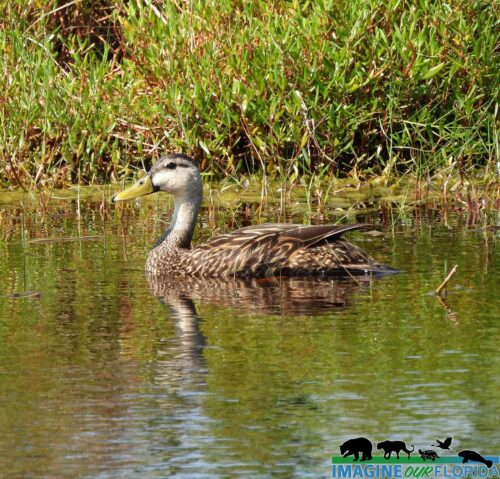










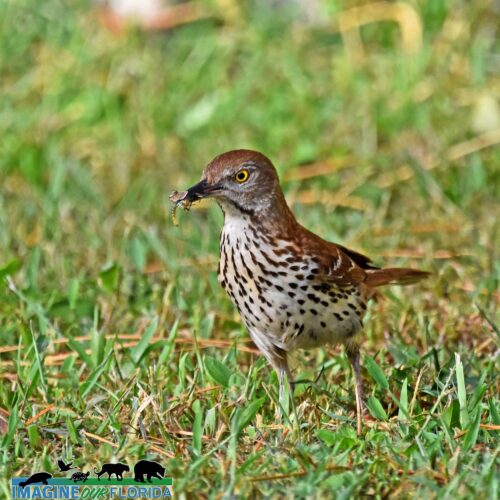






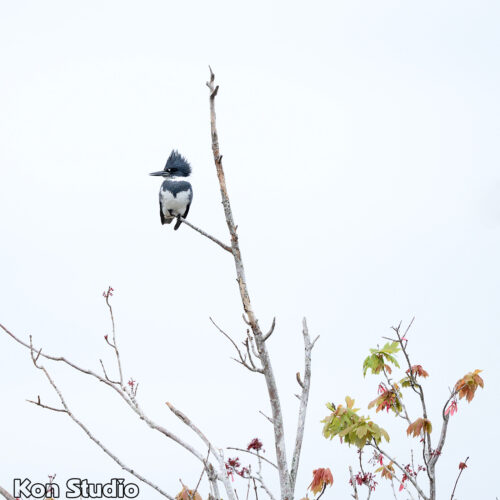
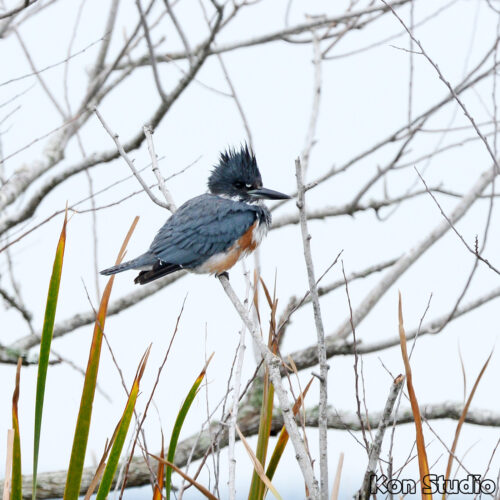
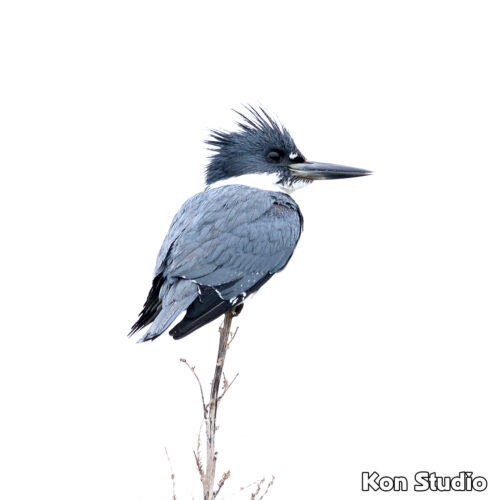



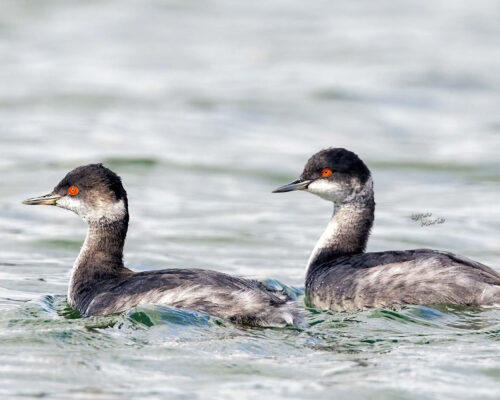


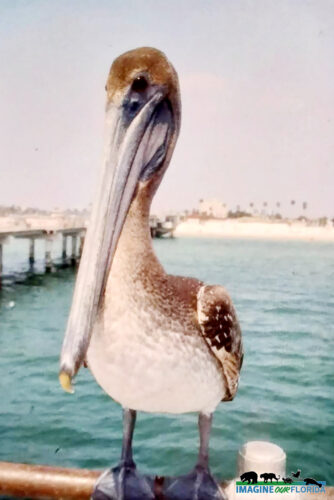


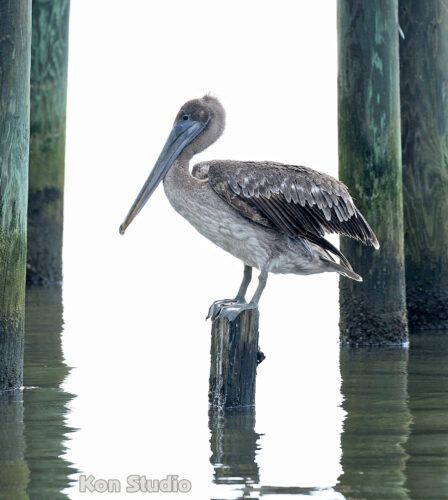

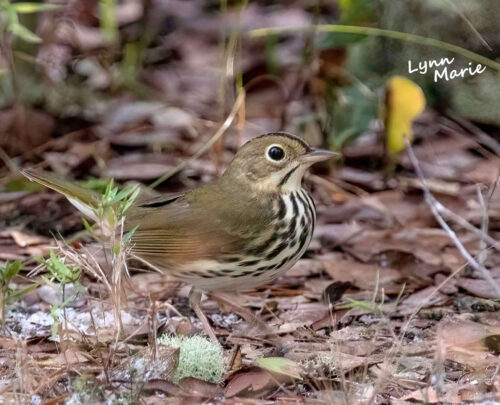







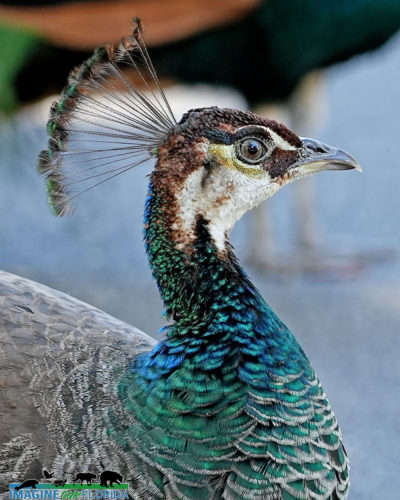
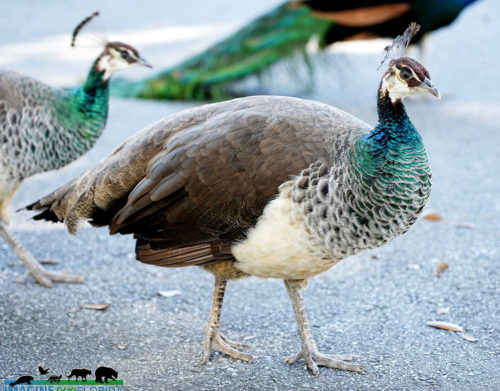











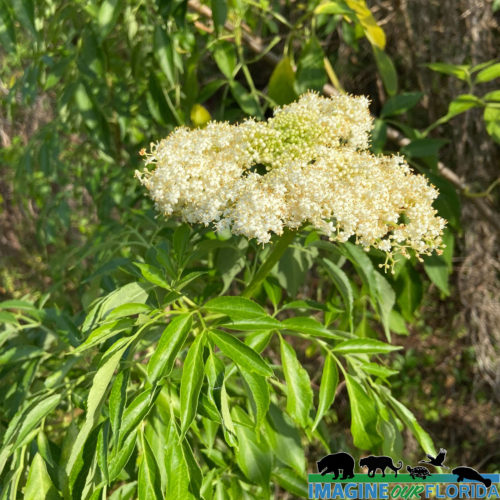





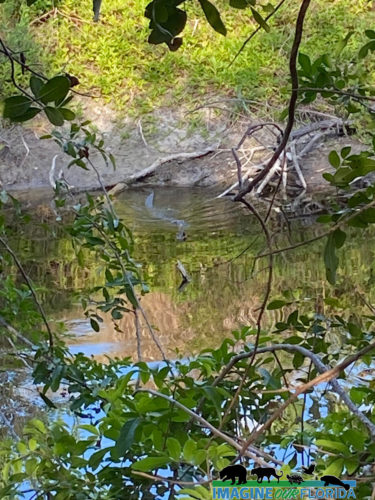








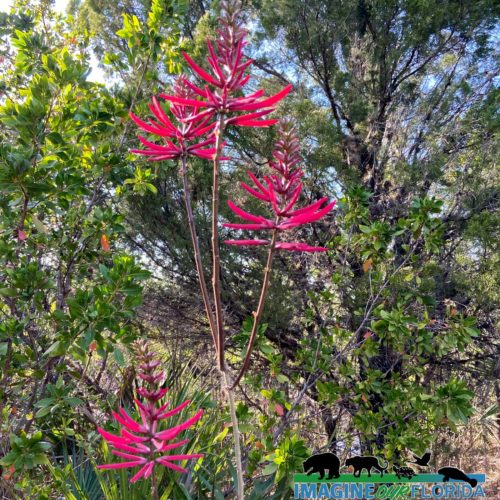

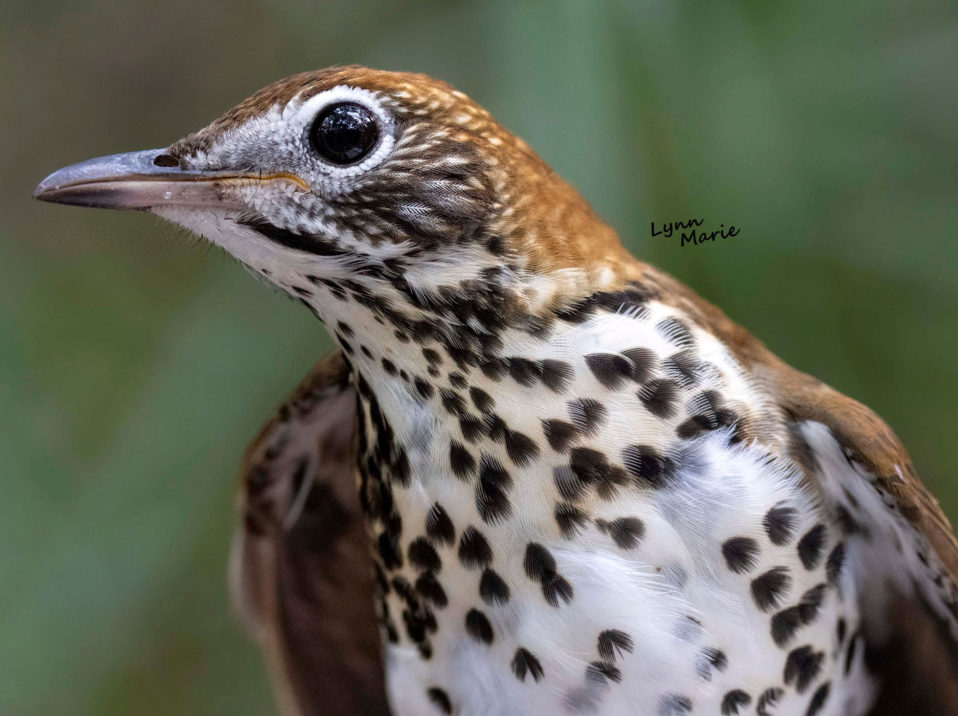


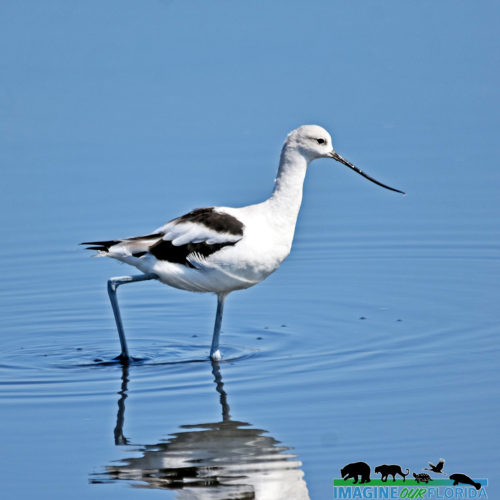


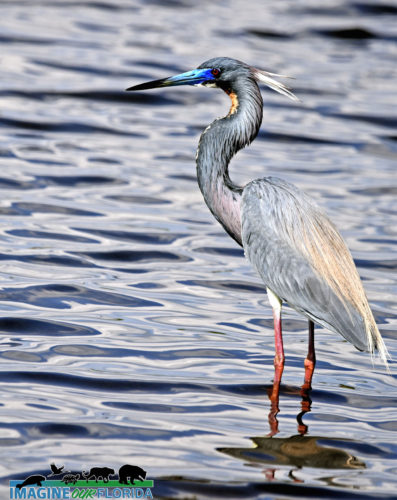
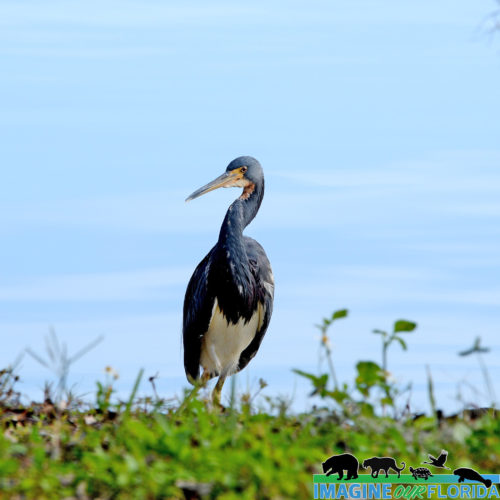
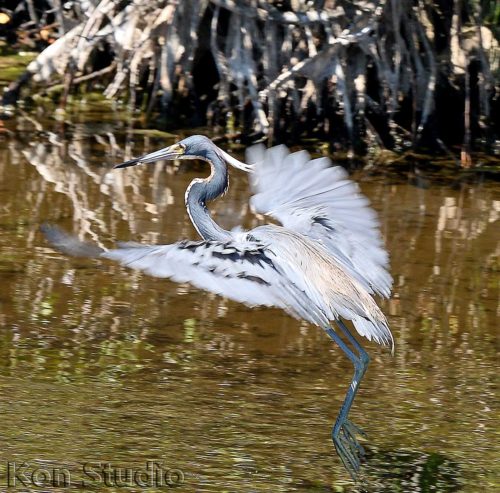

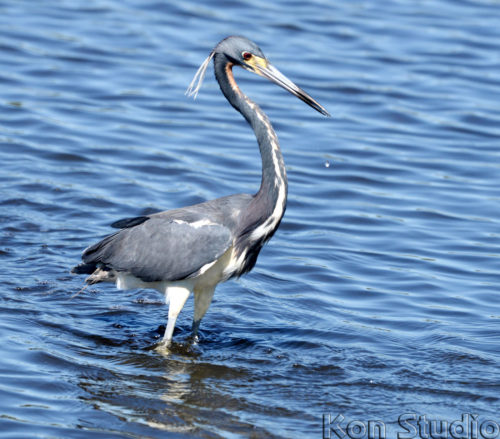





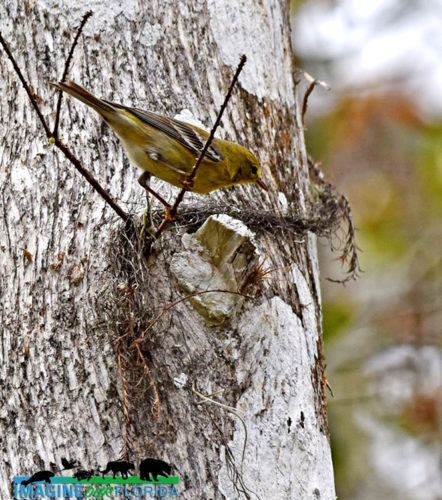
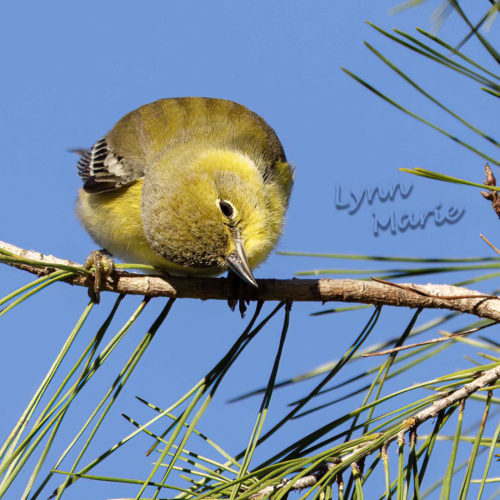








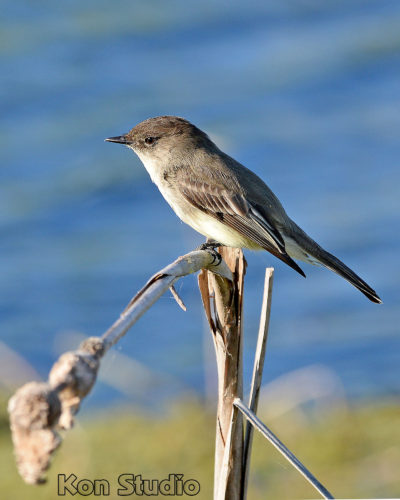

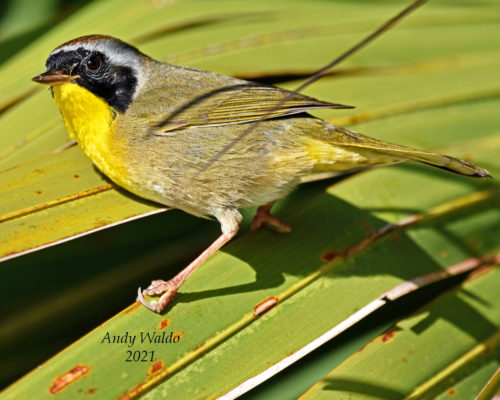
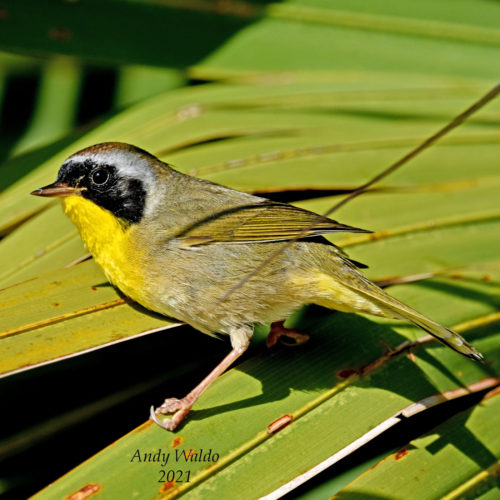




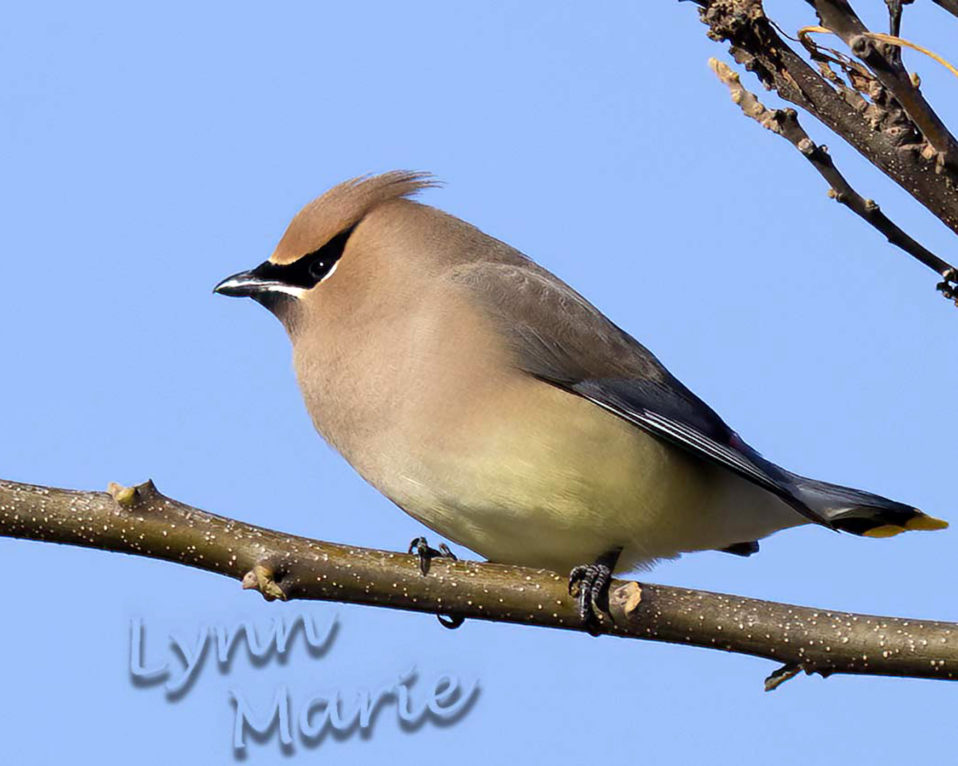


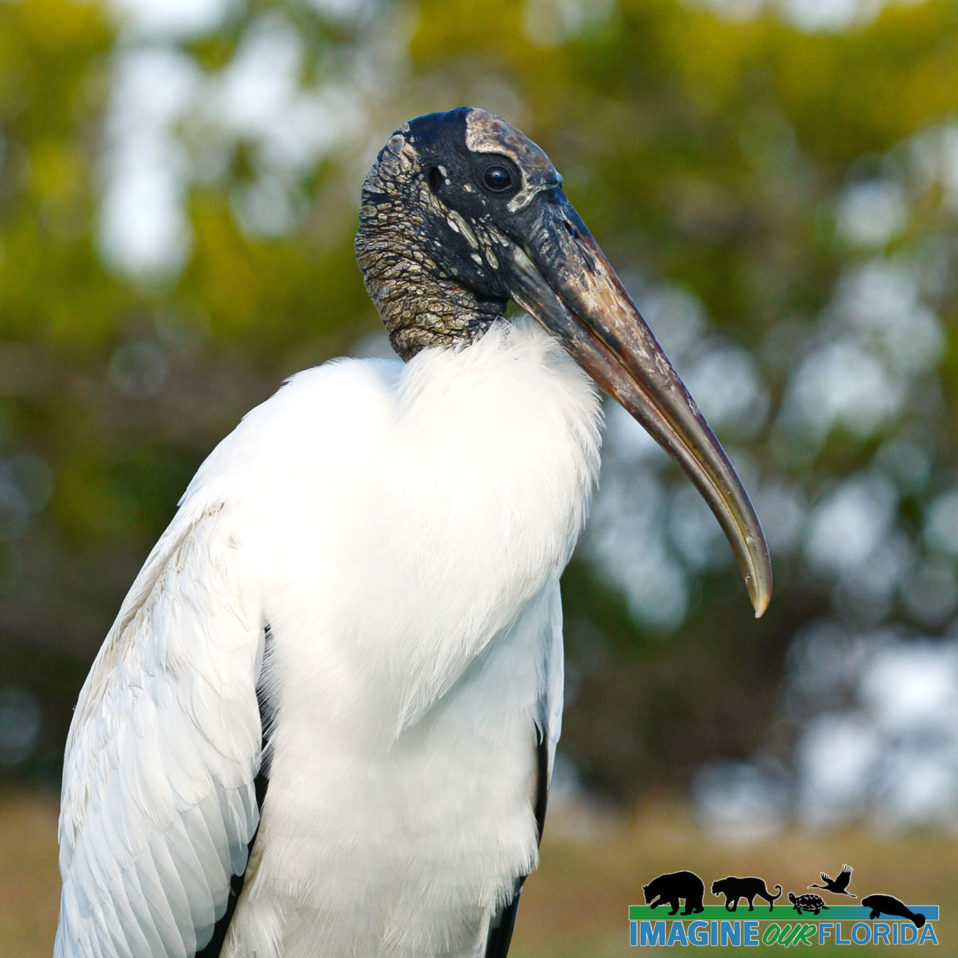





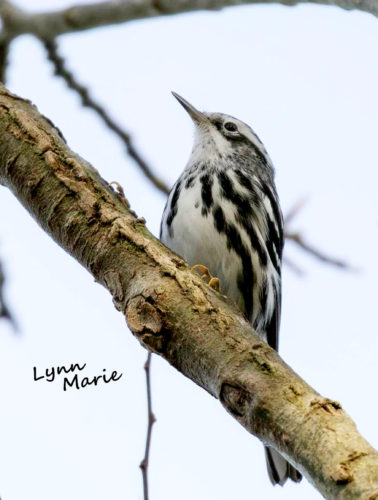











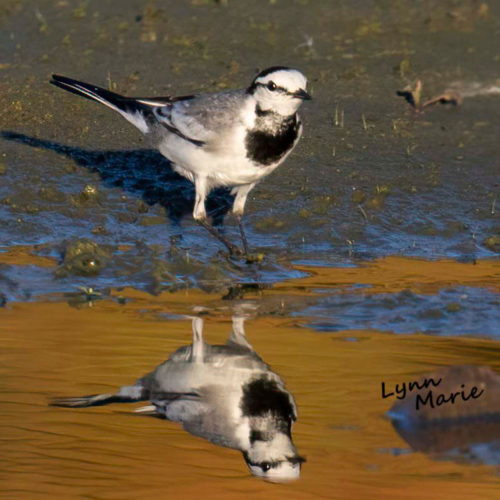
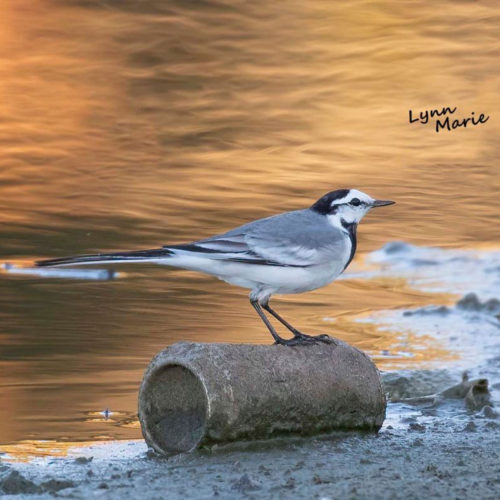


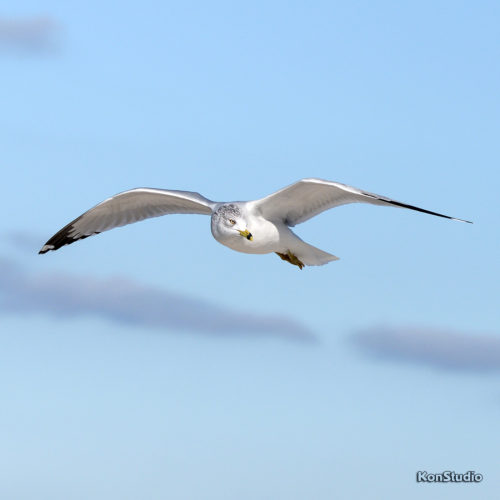







 wil
wil
 d
d






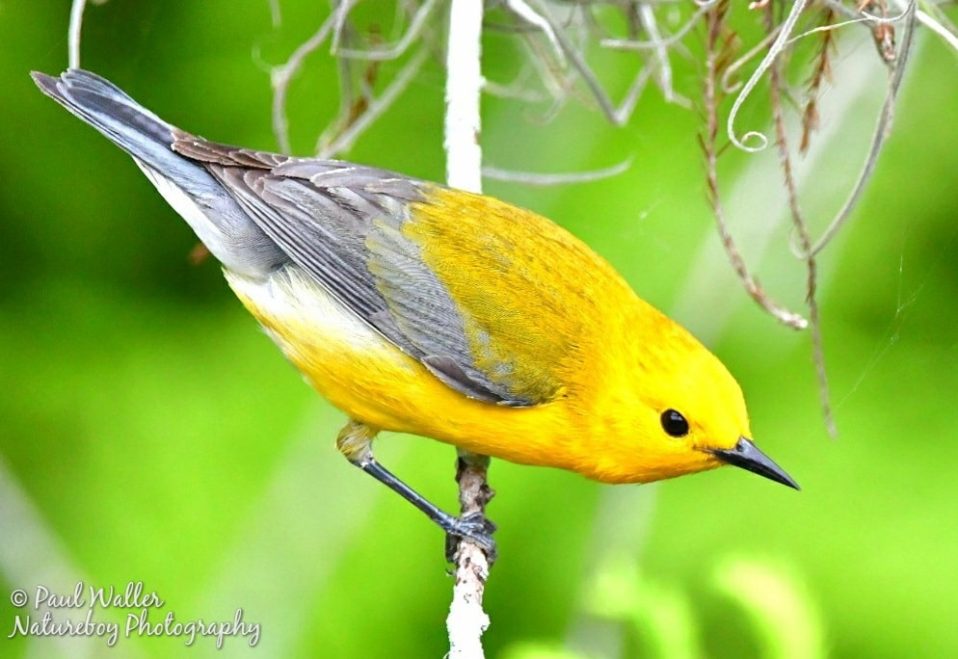
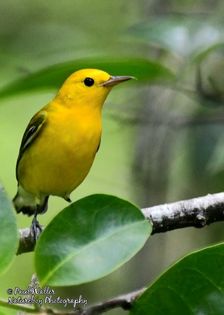
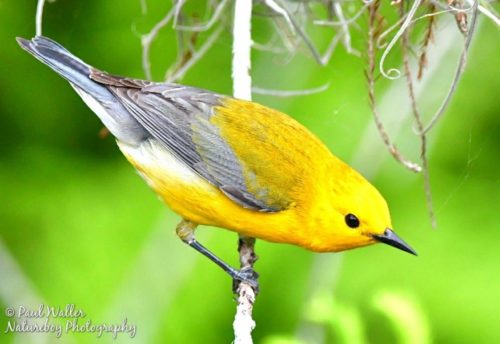

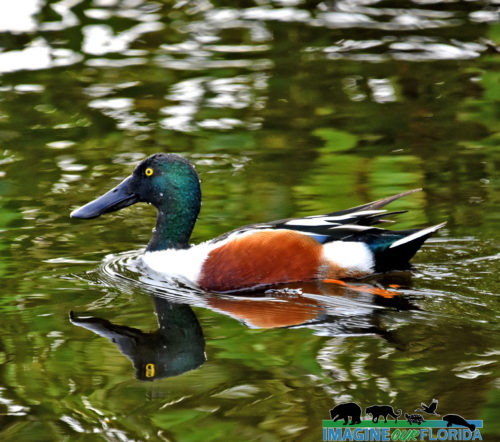















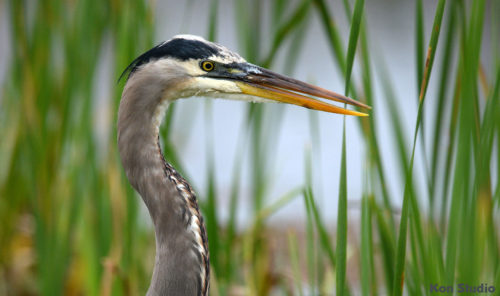





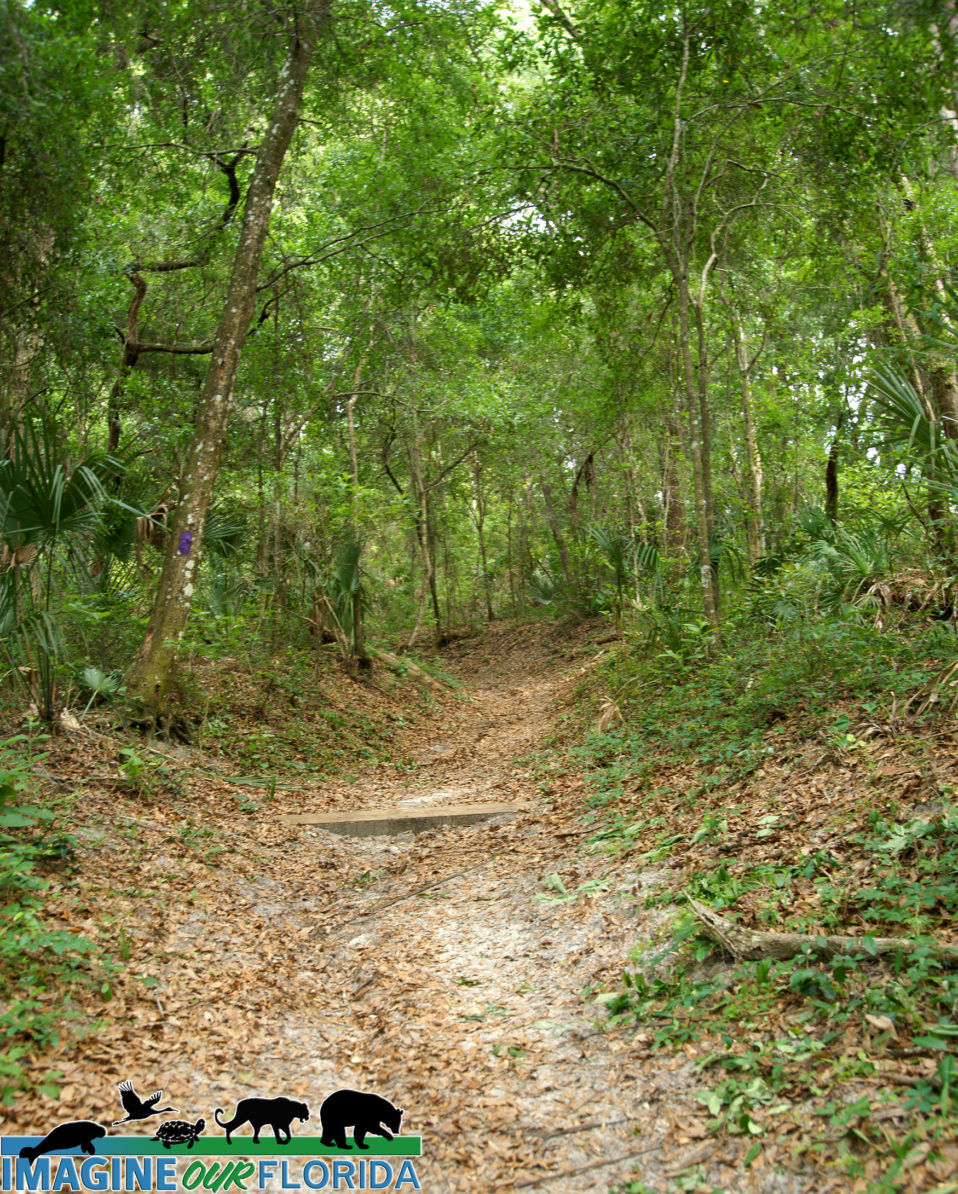
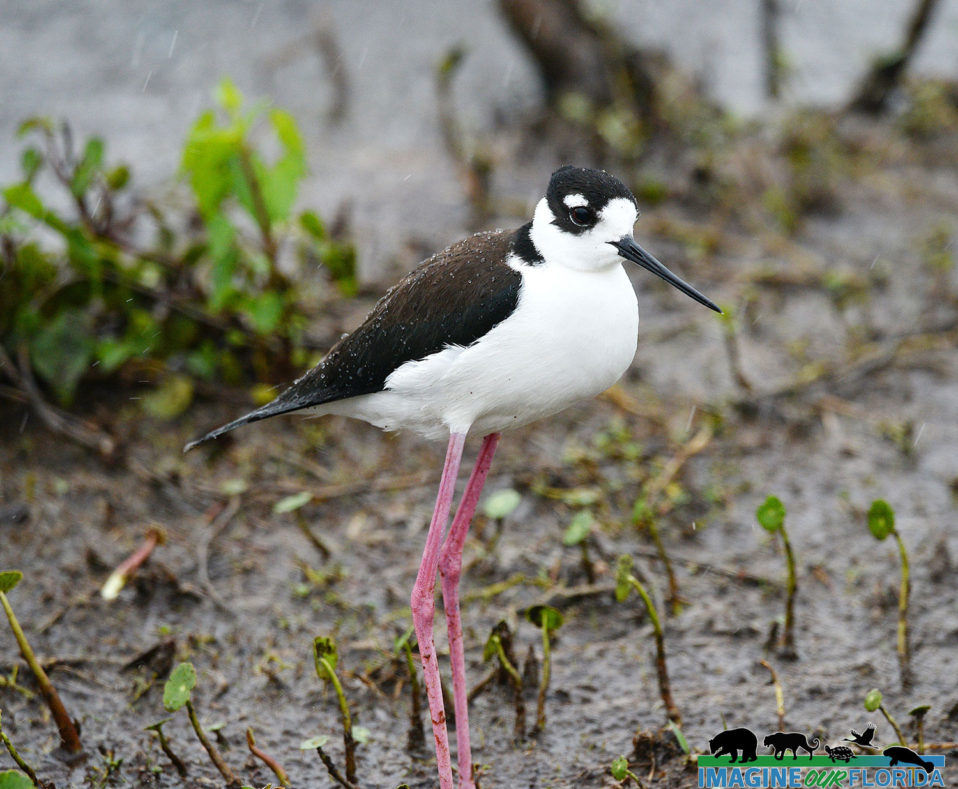










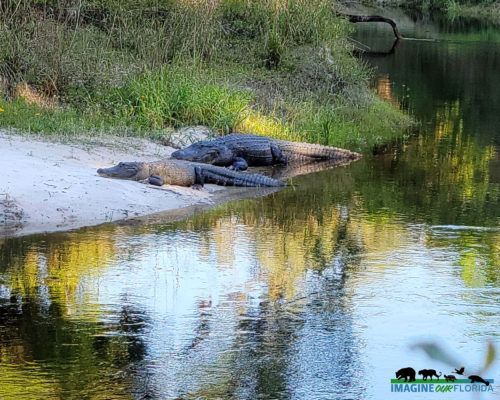










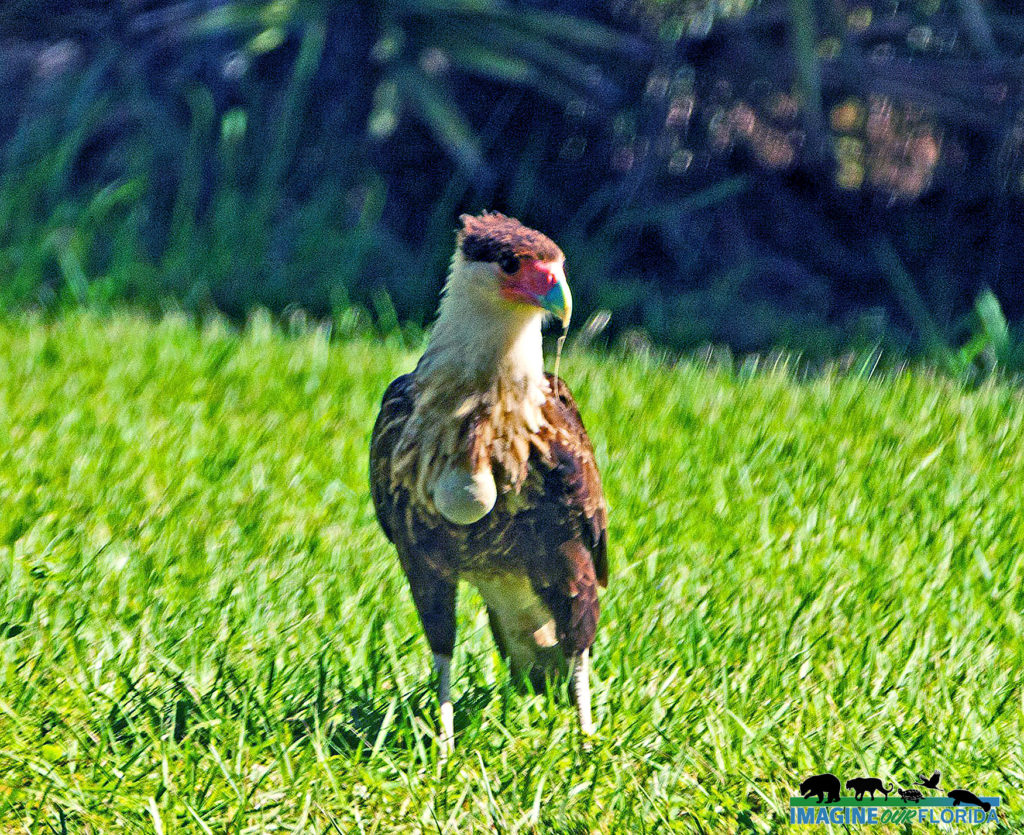
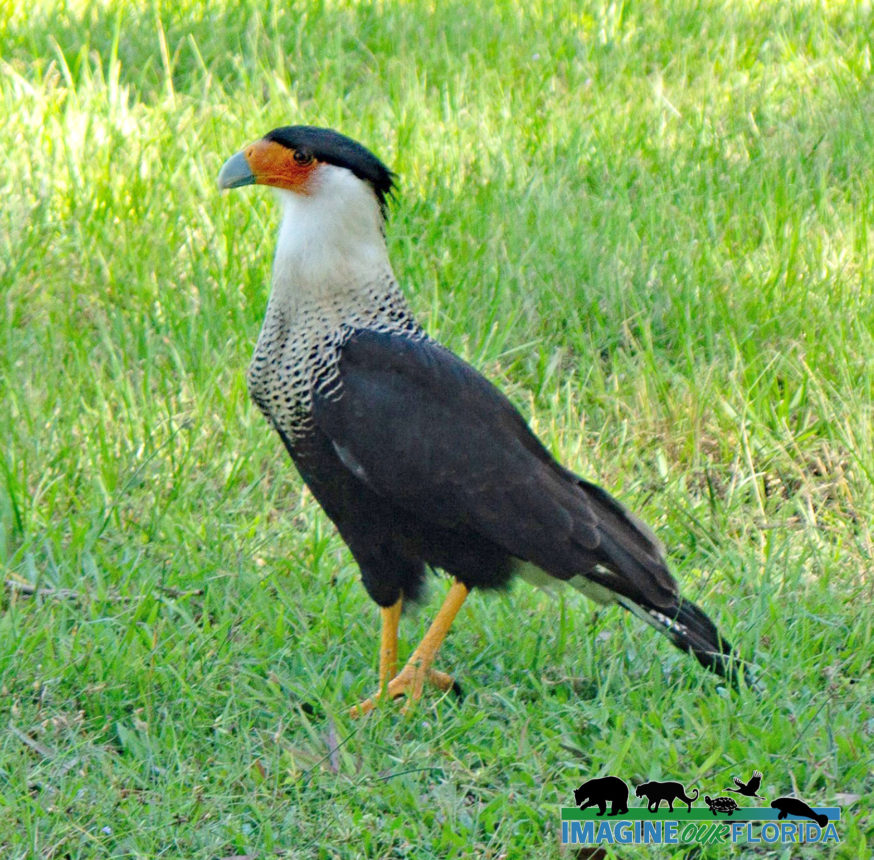




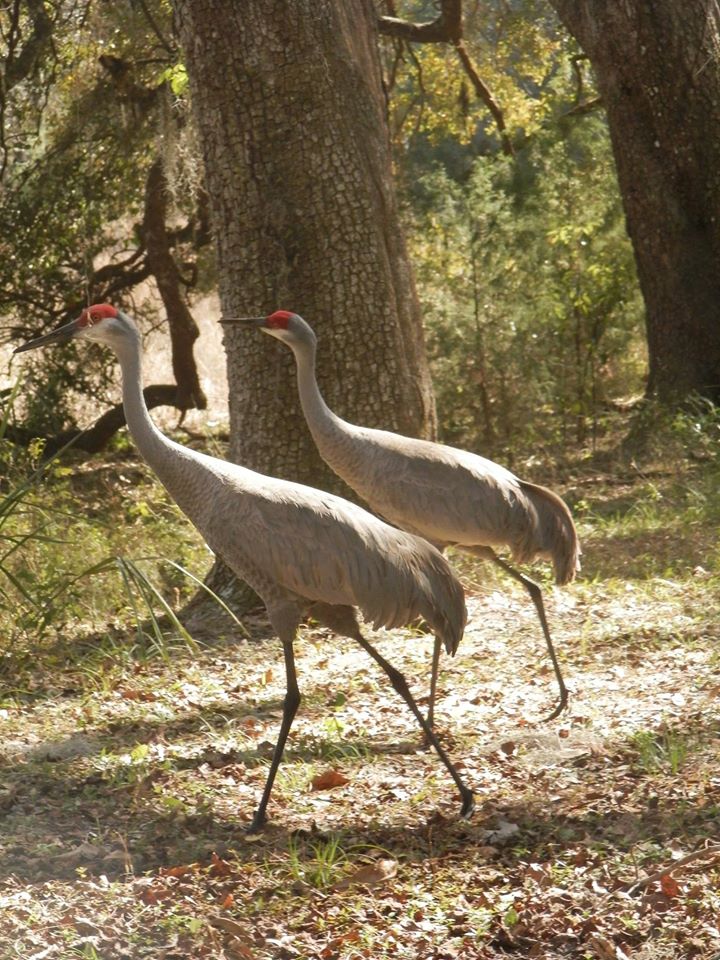

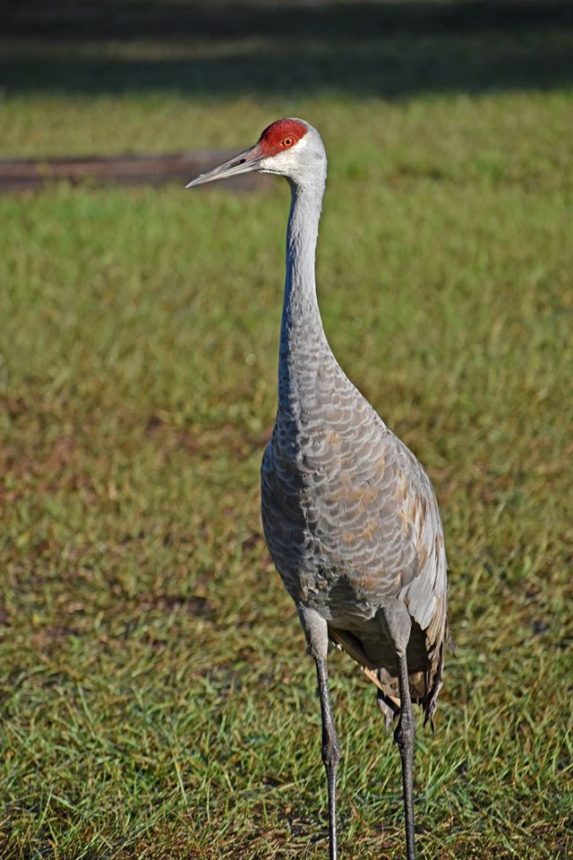









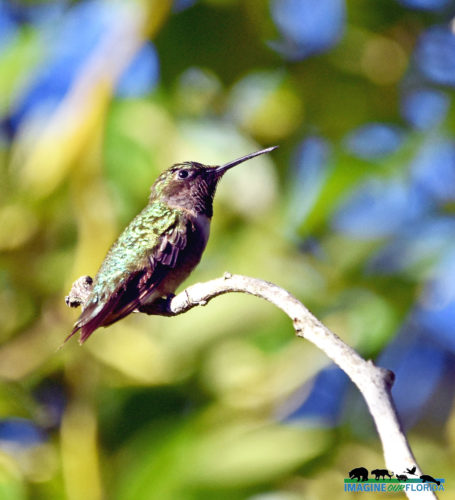

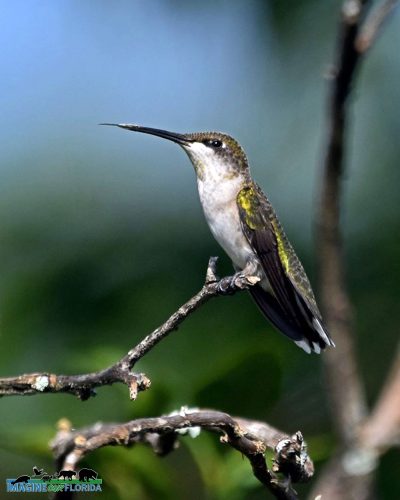
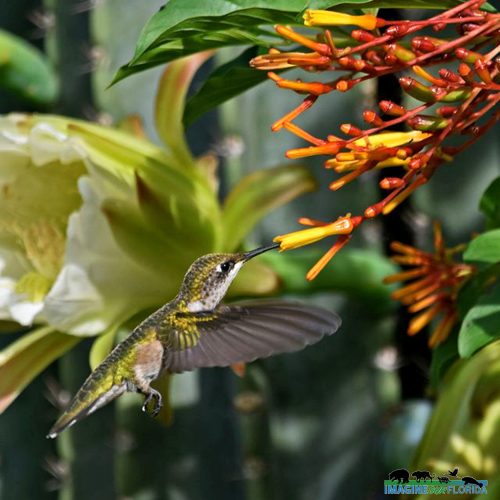








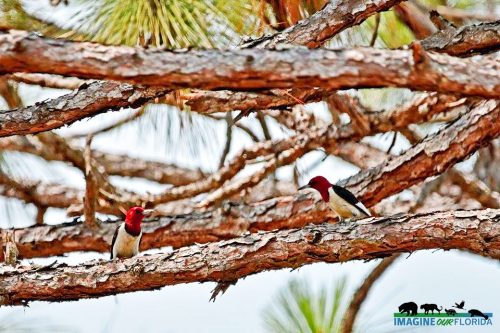



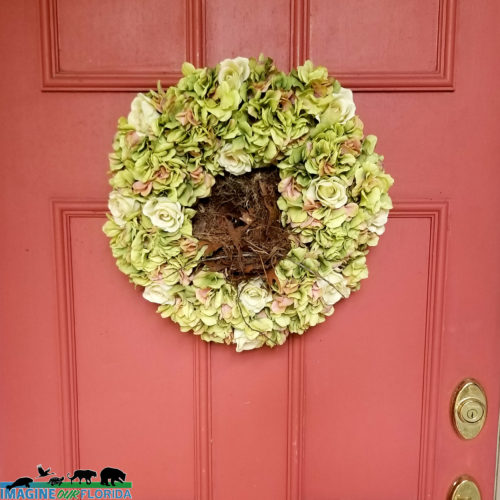



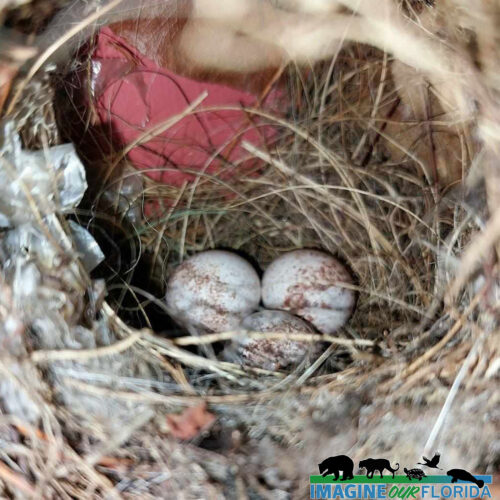



















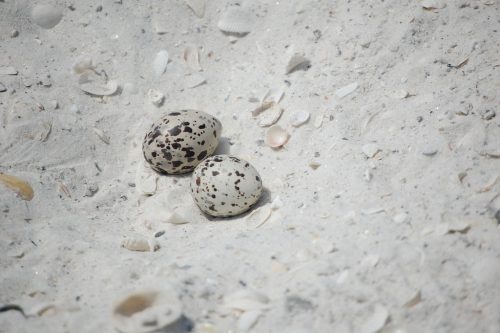



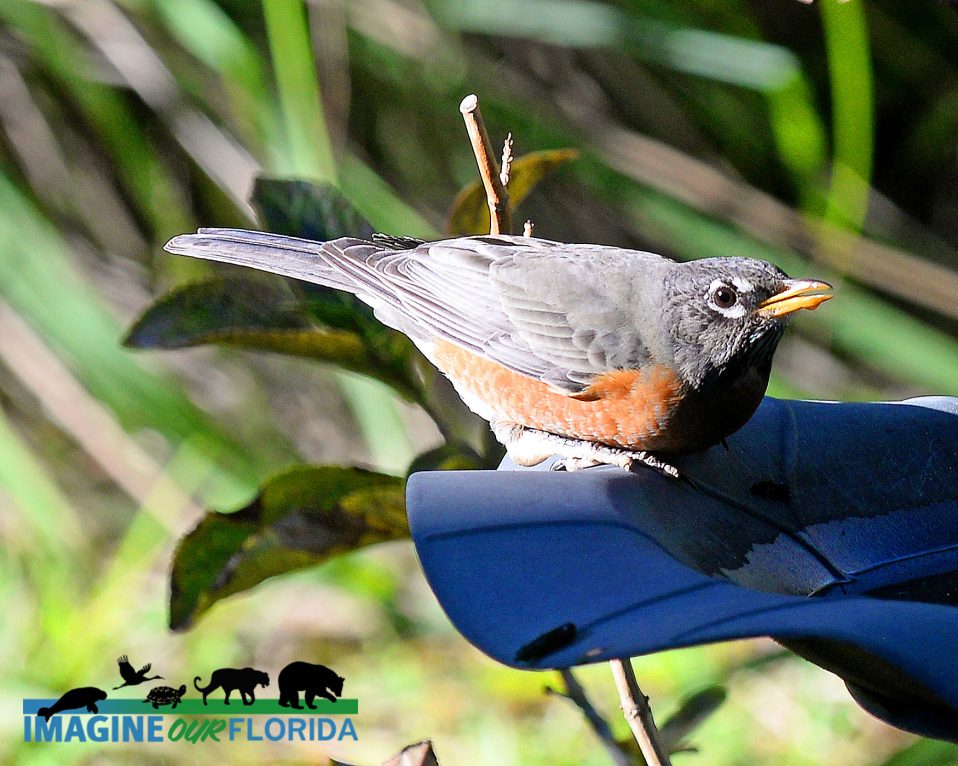



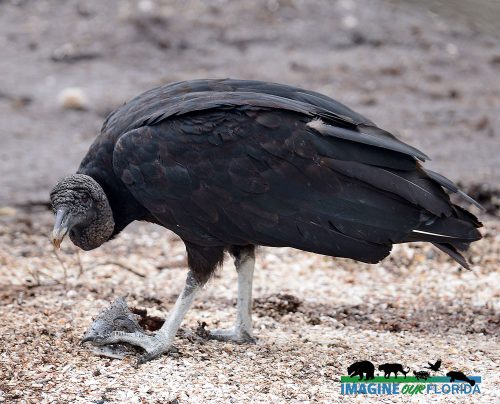
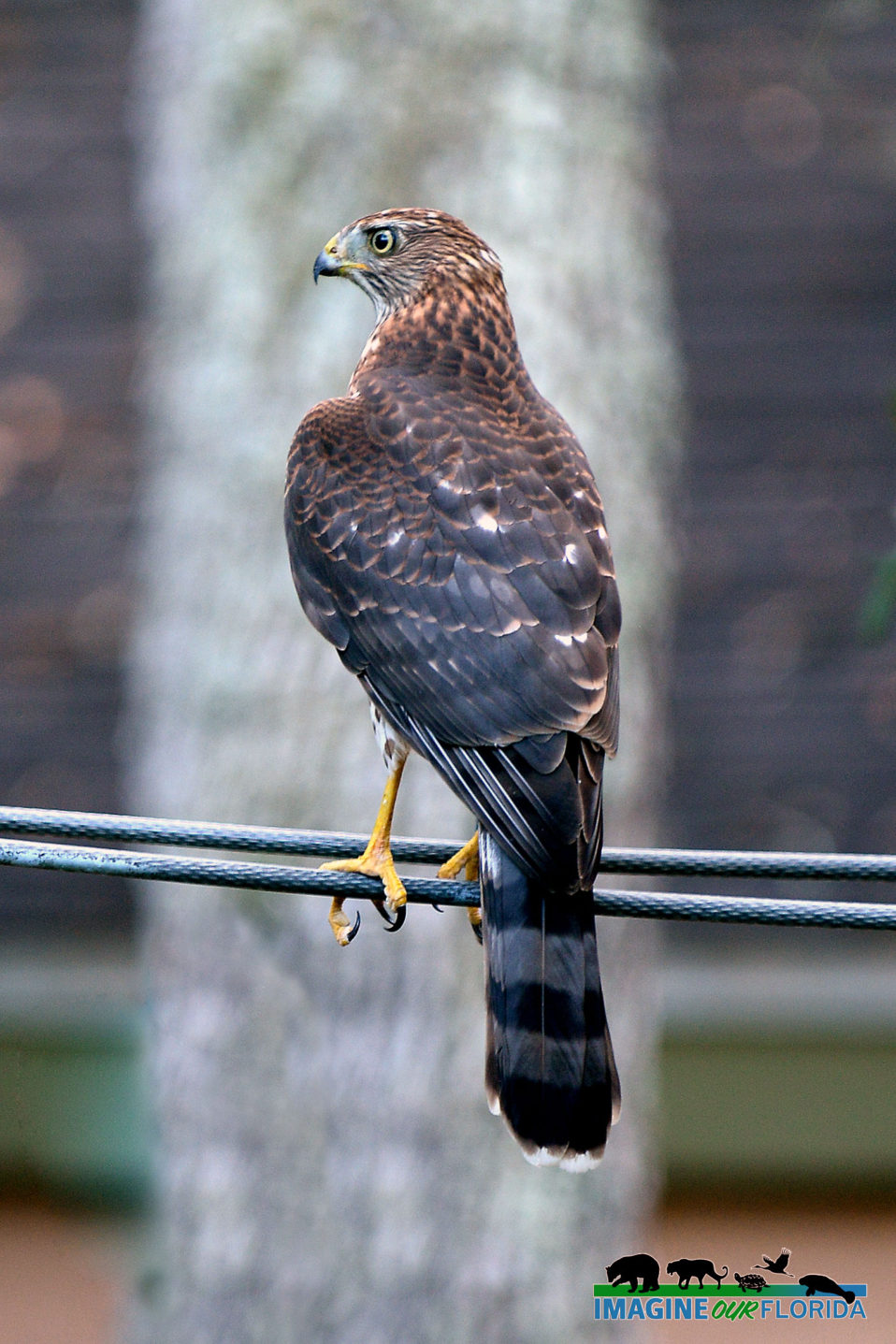

Recent Comments